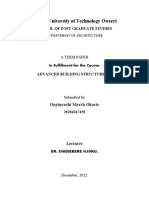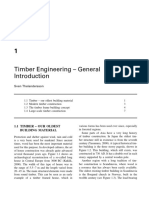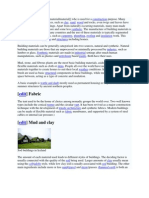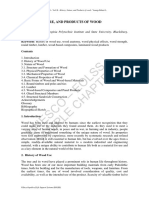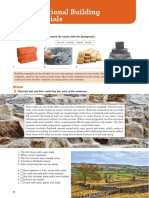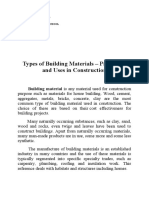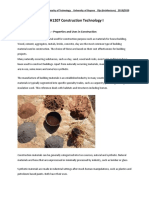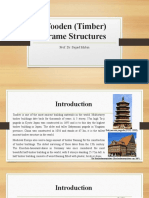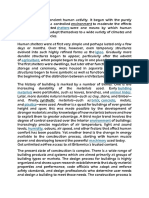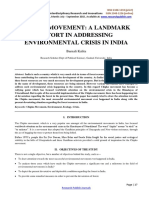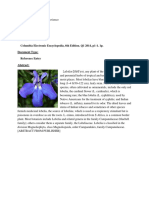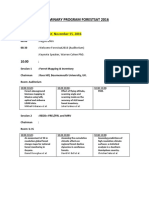0% found this document useful (0 votes)
34 views10 pagesGeomatic Report 1
The document discusses the historical and contemporary use of timber in construction, highlighting its evolution from prehistoric shelters to modern engineered wood products. It emphasizes timber's advantages, such as sustainability, lightweight properties, speed of construction, and aesthetic appeal, while also detailing global sources and species of timber suitable for building. Additionally, it addresses the importance of sustainable sourcing and certification in timber production.
Uploaded by
umogbaipreciousCopyright
© © All Rights Reserved
We take content rights seriously. If you suspect this is your content, claim it here.
Available Formats
Download as PDF, TXT or read online on Scribd
0% found this document useful (0 votes)
34 views10 pagesGeomatic Report 1
The document discusses the historical and contemporary use of timber in construction, highlighting its evolution from prehistoric shelters to modern engineered wood products. It emphasizes timber's advantages, such as sustainability, lightweight properties, speed of construction, and aesthetic appeal, while also detailing global sources and species of timber suitable for building. Additionally, it addresses the importance of sustainable sourcing and certification in timber production.
Uploaded by
umogbaipreciousCopyright
© © All Rights Reserved
We take content rights seriously. If you suspect this is your content, claim it here.
Available Formats
Download as PDF, TXT or read online on Scribd
/ 10

